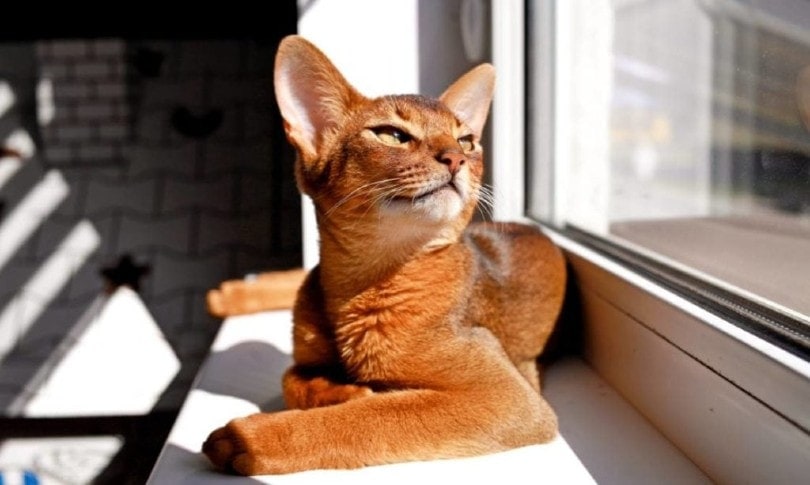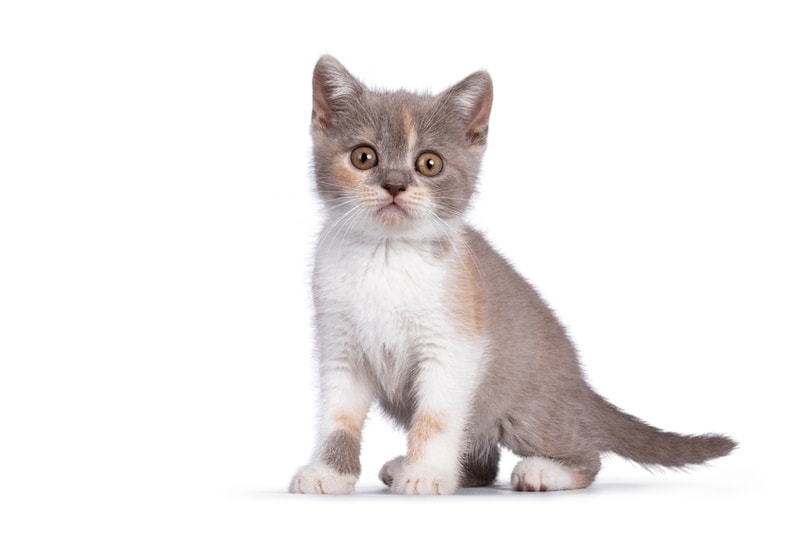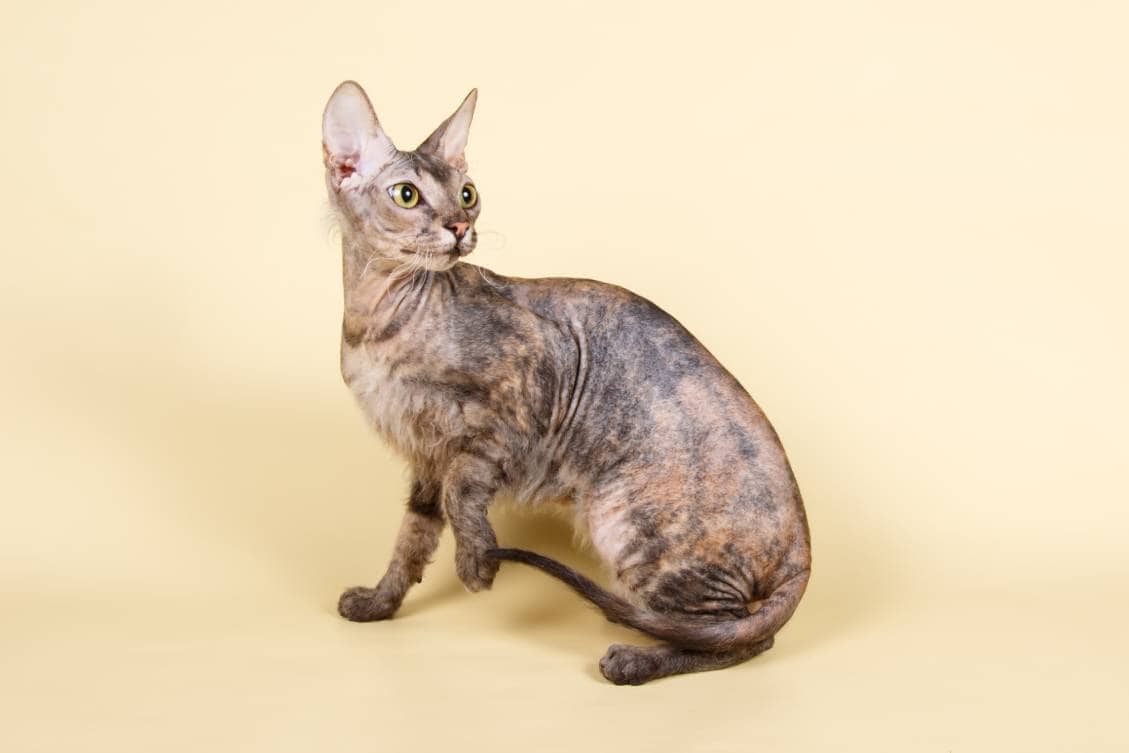Why Hairless Cats Were Bred Throughout History – 3 Main Reasons

Updated on
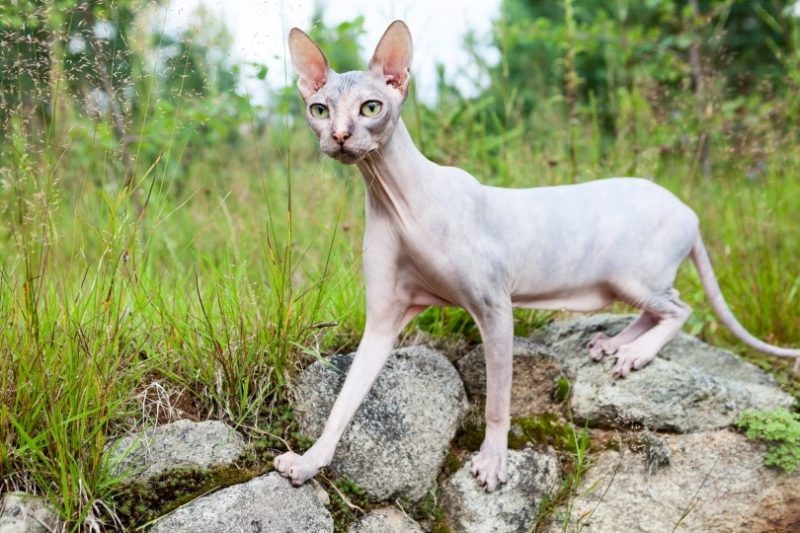
Click to Skip Ahead
Hairless cats almost look alien with their lack of fur, big ears, and orb-like eyes, but they’re just as friendly, affectionate, and playful as their furry feline cousins. Although their history traces back to the 1300s, the hairless breeds that we know today, like the Sphynx, aren’t nearly as old, only dating back to the late 20th century.
There is still plenty of mystery surrounding hairless cat breeds, though. Here, we explored their history and the reasons that these cats were bred.
The 3 Reasons Why Hairless Cats Were Bred
1. Ancient Aztecs
The first appearance of hairless cats can be traced back to the Aztecs in the 1300s, but the breed has since become extinct. In 1902, two hairless cats were given to a couple in New Mexico. The cats, known as Mexican Hairless, New Mexican Hairless, or Aztec cats, were originally owned by local Pueblo Indians. They were thought to be the only two survivors of the original ancient Aztec breed.
Called Nellie and Dick, the kittens were smaller than the local domestic shorthair cats. While they were primarily hairless, they did grow a ridge of fur down their spine during winter and also had whiskers.
Unfortunately, the Mexican Hairless breed died out with these two. The male kitten was killed by dogs, and there were no other known hairless cats to mate with the remaining female.
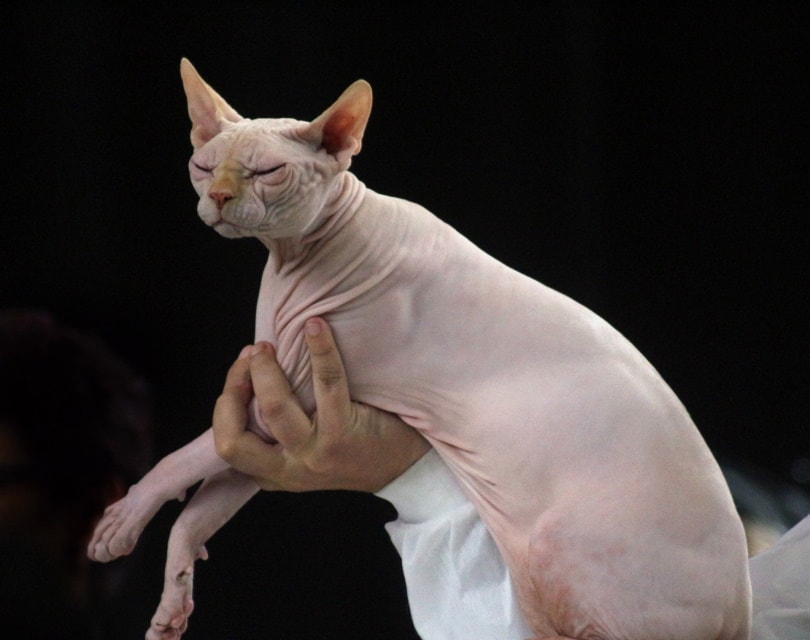
2. Natural Genetic Mutation
Although the first known hairless cats were lost, in 1966, the hairless mutation reappeared and became the building blocks for the hairless breeds that we know today. In Toronto, Canada, the first Sphynx cat — then known as the Canadian Hairless — was born due to a natural genetic mutation.
This genetic mutation affects the keratin protein in hair. In hairless cats, the hair is weaker and is easily lost, giving the cats affected by the genetic mutation a short, downy fur layer or no fur at all. Despite their apparent lack of fur, Sphynx cats have a fuzzy texture to their skin, almost like suede.
3. Unique Appeal
Unlike many dog breeds that are bred for a purpose, there’s no real reason to breed hairless cats besides the desire to possess a unique cat. This is mostly why hairless cats were bred in the first place. Prune, a hairless kitten born in Toronto in 1966, drew the attention of many cat lovers and breed enthusiasts due to their unique appearance.
This fascination with hairless cats led to the development of a breed that would result in only hairless cats. In a bid to create the perfect hairless breed, the original hairless kittens were bred with Devon Rex cats until the Sphynx was officially established.
The Sphynx was recognized by the Cat Fanciers Association in 2002 and TICA in 2005. Some cat registries consider the genetic mutation that causes hairlessness potentially harmful to the cat’s health and won’t recognize hairless breeds at all.
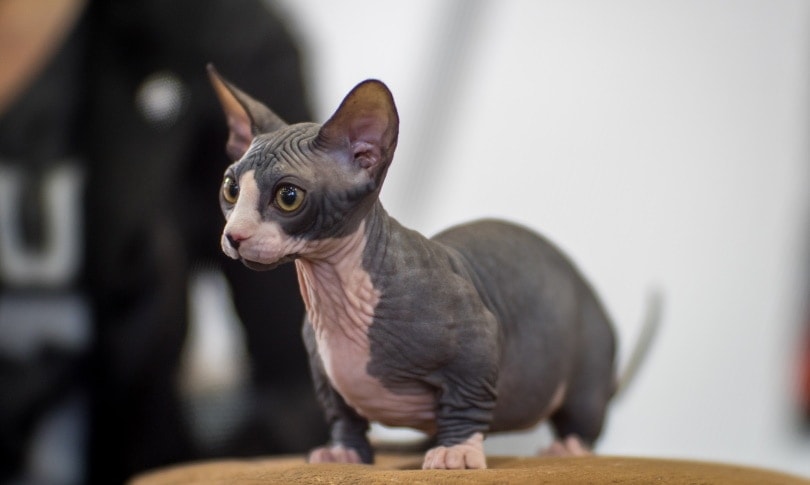
Types of Hairless Cats
As the first well-known hairless cat, the Sphynx is still incredibly popular today. They’re not the only hairless cat breed available now, though, as the breed was used to develop many others.
Alongside the Sphynx, other hairless cat breeds include:
Are Hairless Cats Hypoallergenic?
There’s no such thing as a 100% hypoallergenic cat, which includes hairless breeds. Allergies to cats are a result of the immune system reacting to the Fel d 1 protein that cats have in their skin and saliva.
The misconception that people are allergic to cat fur comes from how cats spread the Fel d 1 protein on their fur when they groom themselves or simply by releasing oils created by their skin into their coats. When this fur is shed, along with dander and other skin particles, allergy sufferers breathe it and the allergen protein in. Their immune system overreacts to the presence of the Fel d 1 protein on the loose fur and dander rather than the fur itself.
Unfortunately, hairless cats can still set off allergic reactions in people who are sensitive to cats. They might not have fur, but their body still produces dander, saliva, and skin oils that contain the Fel d 1 protein. Hairless breeds also still groom themselves despite their lack of fur and spread the protein on their skin that way.
If you have a hairless cat and suffer from cat allergies, you should still take steps to reduce your immune response. Keeping the house clean, using air purifiers, and having a cat-free room in the house will help you and your cat live happily together.
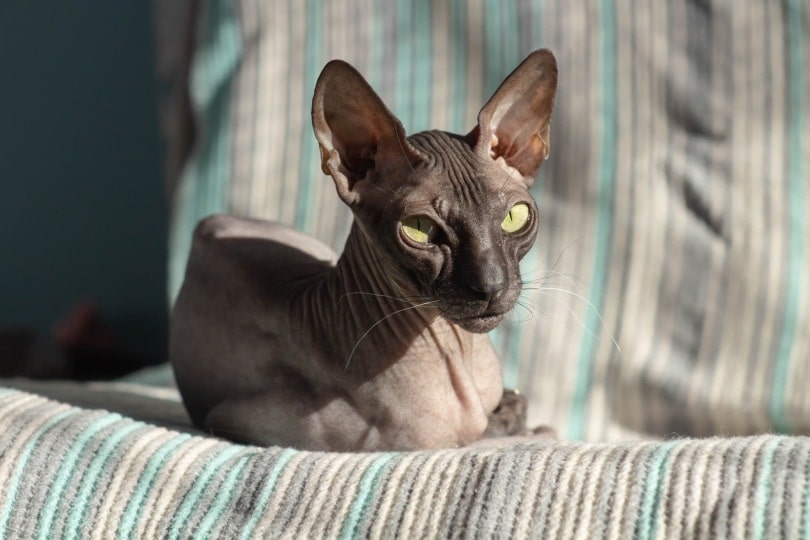
Conclusion
Hairless cat breeds have been around since they were bred by ancient civilizations like the Aztecs, though the reason has been lost to time. Hairless cats were reintroduced in 1966 due to a natural genetic mutation, and cat breeders decided to develop a hairless breed that was genetically sound, healthy, and robust. By the early 2000s, the Sphynx cat was established and became one of the common ancestors for many of today’s hairless cat breeds.
Featured Image Credit: Kekyalyaynen, Shutterstock

